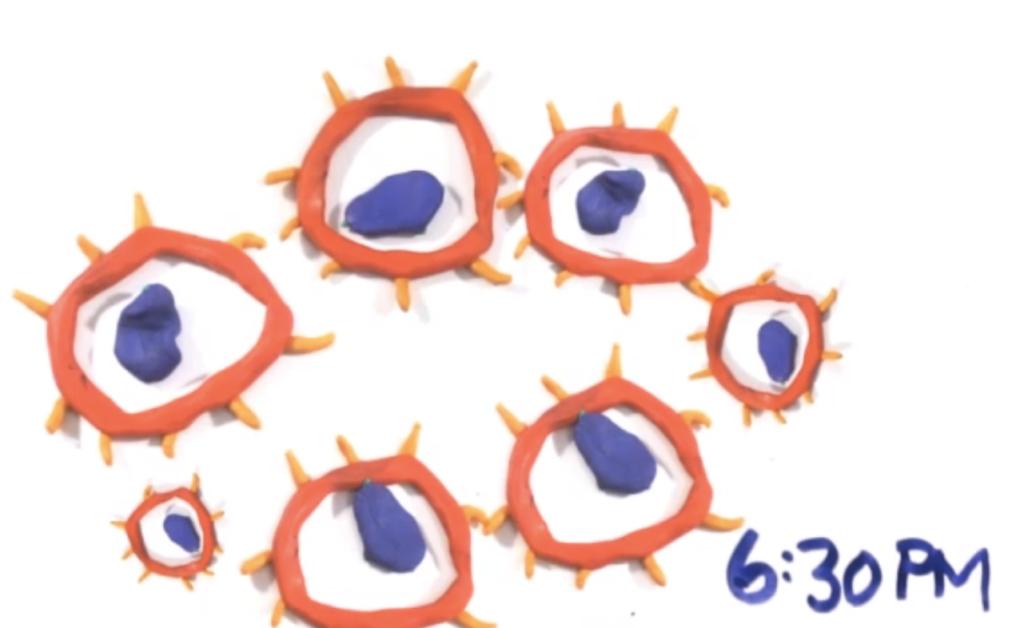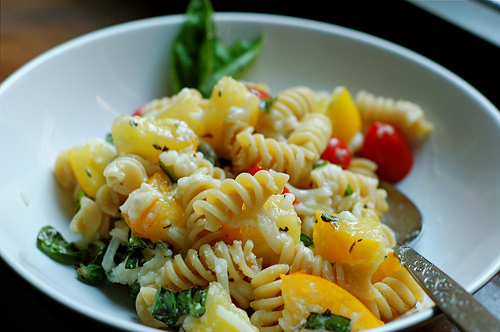From time to time, we have a little freak-out about all the foods climate change is going to take away from us. Like chocolate. And coffee. And bourbon. But, though we’re reluctant to admit this, a lot of these food items are luxuries. (All of them but bourbon, in fact.) Today we are having a slightly bigger freak-out, because we’re thinking about how we could possibly deal with a world where there is no more pasta.
No more spaghetti. No more penne covered in pesto. No more fettuccine in creamy alfredo sauce. No more stuffed shells or orecchietti or lasagna. No more soft, perfect ravioli. OK, now we’re getting into luxuries again, but for real: Tons of people depend on pasta as a staple. This is serious.
Here is basically all you need to know about this, from Newsweek:
Wheat is a cool-season crop. High temperatures are negative for its growth and quality. …
Pasta is made from wheat, and a large, growing body of scientific studies and real-world observations suggest that wheat will be hit especially hard as temperatures rise and storms and drought intensify in the years ahead. …
Extreme and volatile weather patterns are especially threatening to durum [pasta wheat], which is more finicky than conventional wheat varieties. If too much rain falls at the wrong time, durum’s quality can be ruined.
And do not think this will happen in some apocalyptic future. No. It’s happening now, Newsweek reports:
Climate change is already affecting wheat production in North Dakota, says Roger Johnson, a former durum farmer who was the state’s agriculture commissioner from 1996 to 2009. Johnson points out that Dakota Growers Pasta Co., one of the nation’s leading pasta producers, built a combined durum mill and pasta-making plant in Carrington, a town in eastern North Dakota, in 1993. At the time, the decision made economic sense. But as the durum zone has shifted west, transport costs have increased, putting the Carrington plant at a competitive disadvantage.
One of the farmers in the story is already wondering “whether he will plant durum at all next year.” Oh, but no big deal, you say. Someone else will grow it. They’ll just move the area of cultivation around a little bit. Which would be a great idea, except that the very areas that maybe could start growing wheat are the areas that we’ve now decided should be mined for shale oil. You think we’d be freaking out if there wasn’t a reason? When we say no more pasta, we mean it.




